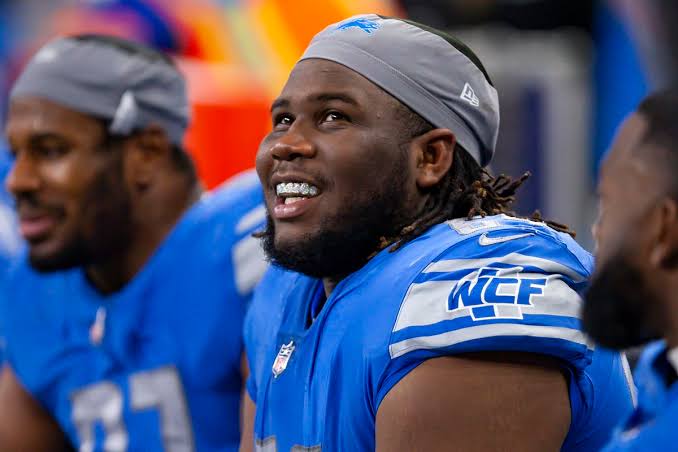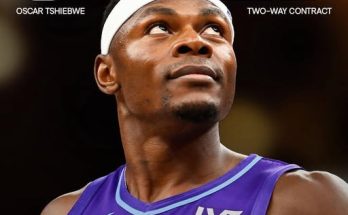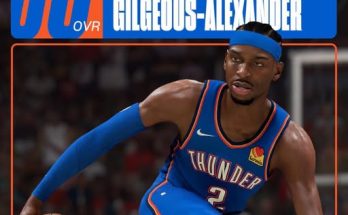The Detroit Lions made a bold move in 2022 by signing defensive tackle [Player’s Name] to a massive four-year, $97 million contract extension, making him one of the highest-paid interior defenders in the NFL. At the time, the deal was seen as a reward for his disruptive play and a commitment to building a dominant defensive front. However, just two seasons later, analysts and fans are questioning whether the Lions made a $97 million mistake. Despite recording 125 tackles and 11.5 sacks over the past two years, [Player’s Name] has been labeled the NFL’s most overpaid player. How did we get here, and is the criticism justified?
When the Lions handed out this contract, they were betting on [Player’s Name] becoming a perennial Pro Bowl talent and the anchor of their defensive line. His early career showed flashes of dominance—explosive off the snap, strong against the run, and capable of collapsing the pocket. The Lions, eager to lock down a cornerstone player, paid him like an elite game-wrecker.
But the reality has been more complicated. While his stat line (125 tackles, 11.5 sacks in two seasons) looks solid on paper, a deeper dive reveals inconsistencies. His pressure rate has declined, and his run defense has been inconsistent, particularly against double teams. Advanced metrics show that while he’s still a productive player, he hasn’t lived up to the salary of players like Chris Jones, Aaron Donald, or Dexter Lawrence—true difference-makers who command double teams and single-handedly disrupt offenses.
The biggest issue with [Player’s Name]’s contract isn’t that he’s a bad player—it’s that he’s being paid like a top-three defensive tackle while performing like a top-15 one. In the NFL, elite money should translate to elite impact. Players on $20+ million per year deals are expected to be unstoppable forces, the kind of defenders who force offensive coordinators to scheme around them.
[Player’s Name] hasn’t reached that level. He’s a reliable starter, but he doesn’t consistently take over games. His sack numbers are decent, but many come in cleanup situations rather than game-changing plays. His tackle totals are inflated by Detroit’s defensive scheme, which funnels ball carriers toward him. While he’s far from a liability, he hasn’t been the transformative presence his contract suggests he should be.
Another major concern is how this contract impacts the Lions’ salary cap flexibility. Detroit is a team on the rise, with a young core that will soon need extensions. Players like Amon-Ra St. Brown, Penei Sewell, and Aidan Hutchinson will command massive deals, and overpaying [Player’s Name] could force tough decisions elsewhere.
If [Player’s Name] were playing at an All-Pro level, the investment would be justified. But as it stands, the Lions are allocating a significant chunk of their cap to a player who doesn’t elevate the defense to an elite level. In a league where every dollar counts, this kind of miscalculation can hinder a team’s ability to build a championship roster.
At this point, the Lions are likely stuck with [Player’s Name]’s contract for at least another season. Cutting or trading him would result in a massive dead-cap hit, so their best hope is that he rediscovers his peak form. Perhaps with an improved supporting cast or a scheme adjustment, he could start generating more consistent pressure.
However, if his performance remains merely “good” instead of “great,” this deal will go down as one of the most regrettable in recent Lions history. Detroit’s front office took a gamble on potential, but in the NFL, potential doesn’t win games—production does. And right now, [Player’s Name] isn’t producing at a level that justifies his paycheck.
Calling [Player’s Name] the NFL’s most overpaid player might be harsh, but it’s not entirely unfair. He’s a solid contributor, but his contract suggests he should be a superstar—and he simply isn’t. For the Lions to truly contend, they need him to either take a massive leap or restructure his deal to better reflect his actual value. Otherwise, this $97 million investment could go down as a costly misstep in an otherwise promising rebuild.



